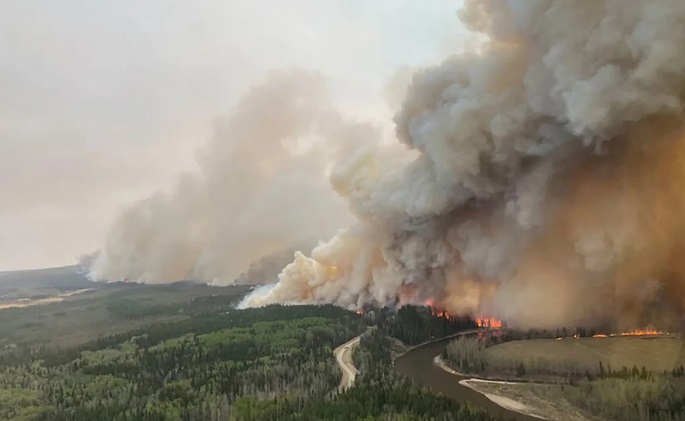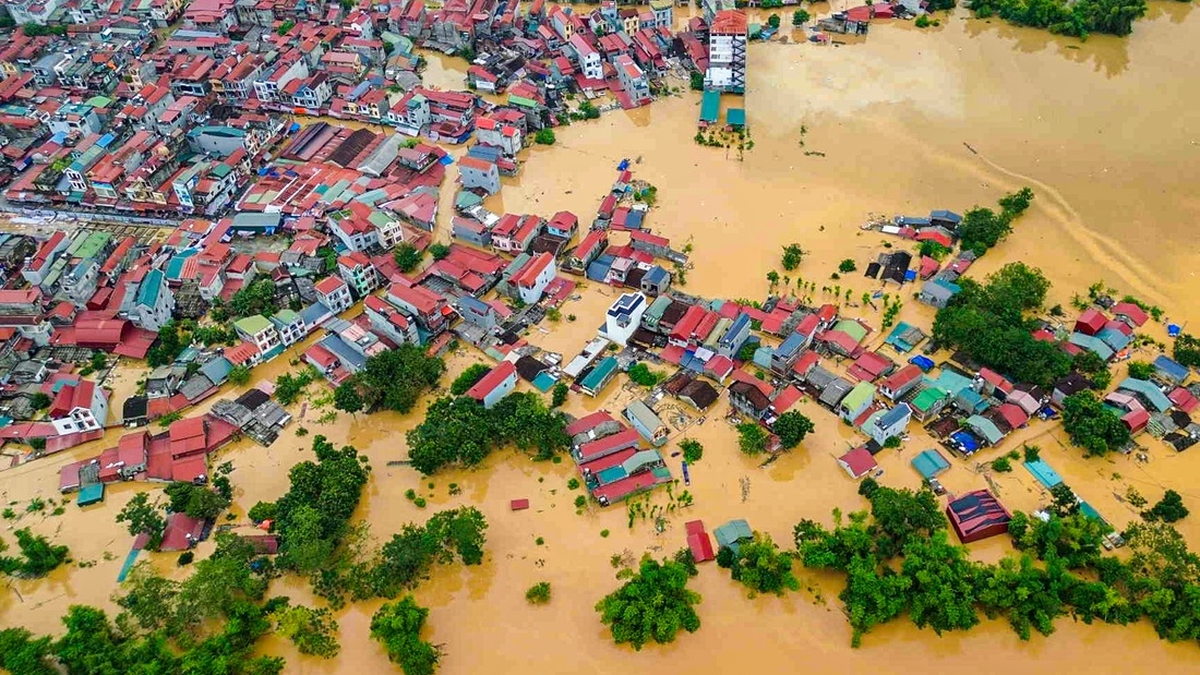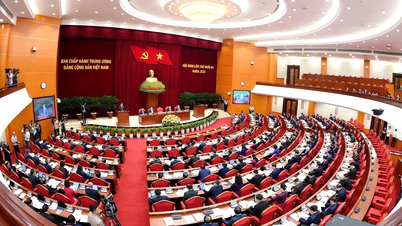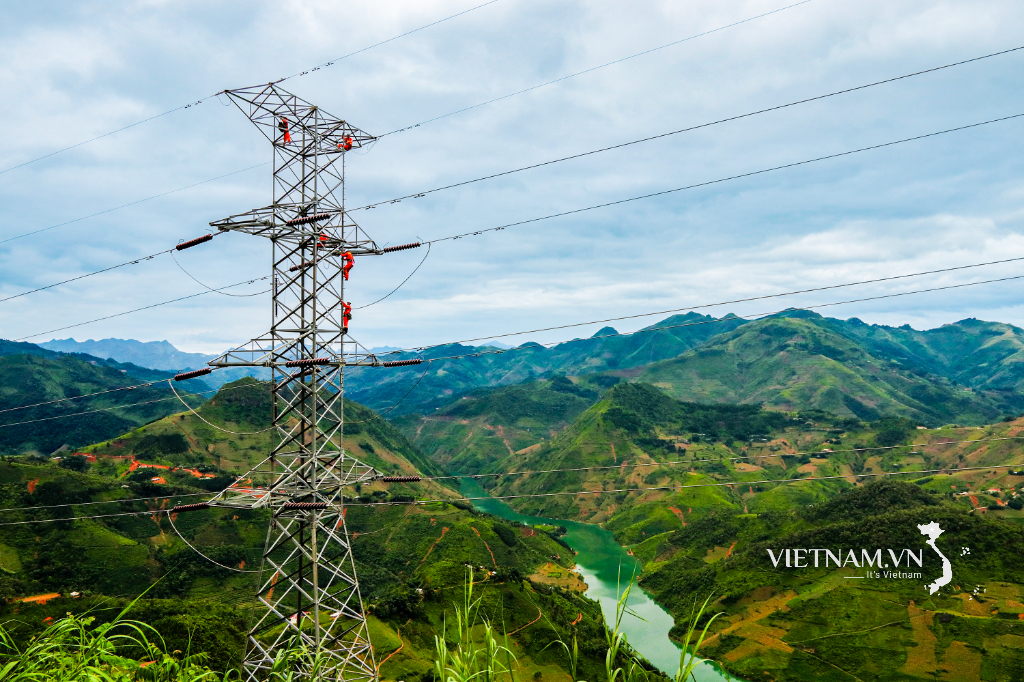Children play in a fountain to cool off in Portland, Oregon on May 12. Photo: AP
CNN (USA) reported on May 14 that several locations in the Northwest region of the United States along the Pacific Ocean experienced record-breaking temperatures. Notably, the cities of Hoquiam and Quillayute in Washington State, with temperatures of 32.7 degrees Celsius and 33.3 degrees Celsius, respectively, broke the temperature record for May.
The National Weather Service (NWS) office in Seattle announced on May 15: “Today will be the fourth consecutive day that Seattle has experienced temperatures above 26.6 degrees Celsius. This amount of time will equal the record for consecutive days above 26.6 degrees Celsius in May.”
The typical high temperature in Seattle in late July is around 26.1 degrees Celsius. Therefore, the temperatures above 26.6 degrees Celsius in recent days have even surpassed the highs typically seen during the peak of summer here.
Weather conditions resemble a mid-summer pattern in the region. A large dome of high pressure is hovering over the Northwest, allowing dry winds to blow down from the mountains, causing temperatures to soar above average.
According to CNN, temperatures are higher than normal across the Pacific Northwest region of the United States.
The National Weather Service (NWS) West office is encouraging people to find ways to cool off other than water. Water temperatures in many parts of the region are above 10 degrees Celsius, which can cause cold shock and malignant hyperthermia. Many people in the Pacific Northwest do not use air conditioning.
Forest fire in Alberta, Canada on May 5. Photo: Reuters
The heat wave has not only affected the United States, but has also had an extreme impact in Western Canada. Several cities in British Columbia set new monthly temperature records on May 14, including Lytton, which reached 36.1 degrees Celsius.
Canada has issued a heat warning for northern Alberta and parts of British Columbia, with temperatures forecast to reach 29 degrees Celsius. Temperatures are higher than normal, so Canadian weather agencies are encouraging people to cancel unnecessary outdoor activities.
Temperatures have also had a major impact on the start of the wildfire season in Canada. In Alberta alone, there have been 89 fires, burning 1.3 million hectares so far.
On May 3, the United Nations (UN) warned of an increasing risk of El Nino occurring in the coming months, causing global temperatures to rise and possibly leading to new heat records. The World Meteorological Organization (WMO) assessed the possibility of El Nino occurring at the end of July at 60% and at the end of September at 80%.
This phenomenon will lead to changes in weather and climate patterns worldwide, according to the head of WMO's regional climate forecasting service, Wilfran Moufouma Okia.
Source link




![[Photo] Closing of the 13th Conference of the 13th Party Central Committee](https://vphoto.vietnam.vn/thumb/1200x675/vietnam/resource/IMAGE/2025/10/08/1759893763535_ndo_br_a3-bnd-2504-jpg.webp)
























































































Comment (0)